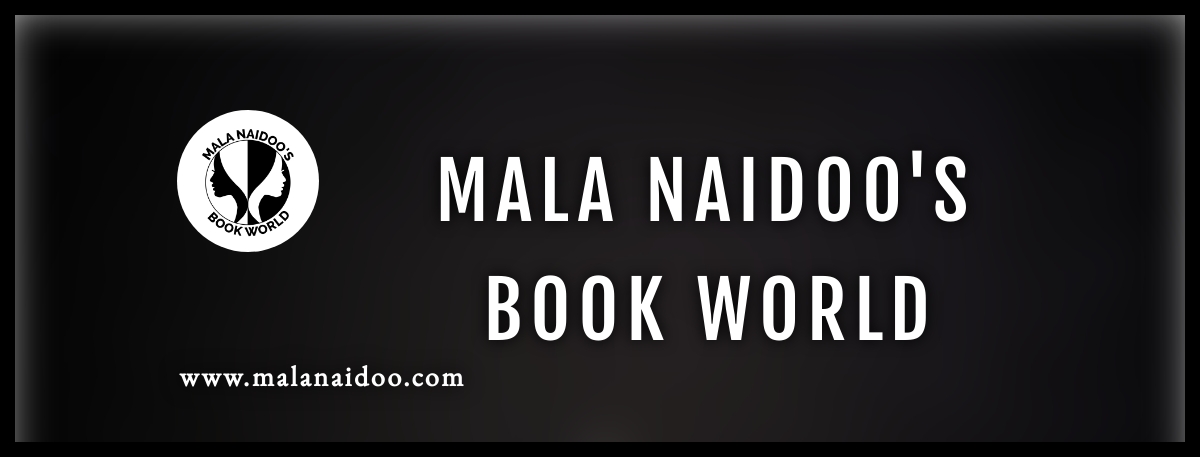As writers, it goes with the territory that autobiographical bits of ourselves will slip into our writing. A creative project, the creative process is emotion-driven, its passion on a page — bleeding…
My collection of short stories, out this week, Life’s Seasons into the digital and print worlds is a diverse collection that emanates from my visions of life and some from a generous muse — or perhaps a subconscious memory on history or culture of different times and places.

Launch Video
Here’s a little teaser on some of the stories:
The book cover is drawn from a story set at a picturesque beach resort when an incident occurs to disturb the world of the observer. Final View is both dark and lighthearted through the voice of an aging mortician — her take on why she serves the way she does. Now, I don’t know any morticians, personally, but this story found me. Those Were the Days, is part autobiographical and part imagined on life as a university student. Ancient cultures fascinate me, hence in, Moving On, the life choice of young Anqui emerged to represent the clash of the old and the new. Crime fiction is a passion and a particularly enjoyable teaching experience so The Call of the Outback was born with Inspector Donovan out and about during his early retirement days when a crime finds him, not your typical crime fiction story, but my spin on how things find you where your passion lies.
Then a story about a writer in search of her muse, set on the ocean aboard a luxury cruise ship stems from my love of the ocean although the story is far from peaceful, akin to the symbolism of a turbulent ocean. And there’s more in Stilled Heart, a University Professor struggling with not knowing what happened to his family during an air raid, and meeting a young, hopeful writer who shares the same sense of loss. A secret from the past is revealed by Jacob, a messenger of dreams in Wandering The Earth. And there’s Mai in Adrift, hiding her past on how she arrived in a new country. The shame apartheid enforced in my world is a trigger for Mai’s tale.
Haruki Murakami’s view on the writing of short stories captures the essence of pouring the self into what we write.
My short stories are like soft shadows I have set out in the world, faint footprints I have left. I remember exactly where I set down each and every one of them, and how I felt when I did. Short stories are like guideposts to my heart...
―
Without a doubt, the voices and visions of a writer’s world seep into the stories we tell, dressed in different clothes, stretched through the imagination with colour, light and shade, and not forgetting what the muse wills, and so stories are born.
Launch day this week is 22/8/19 for the ebook and 29/8/19 for the Print editions in hardback and paperback. For more on each story you are invited to go these links for the full description:
Amazon (print and ebook)
Kobo
B&N
Apple Books
Other Select Retail Stores
Happy Reading, Happy Writing.
Sign up at www.malanaidoo.com for more updates.





















































You must be logged in to post a comment.